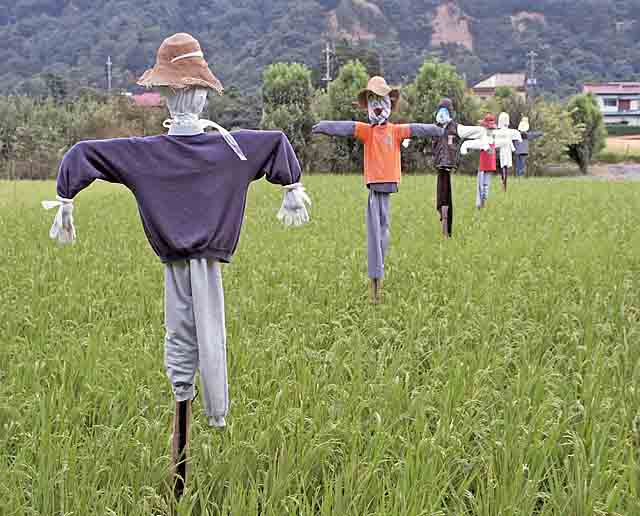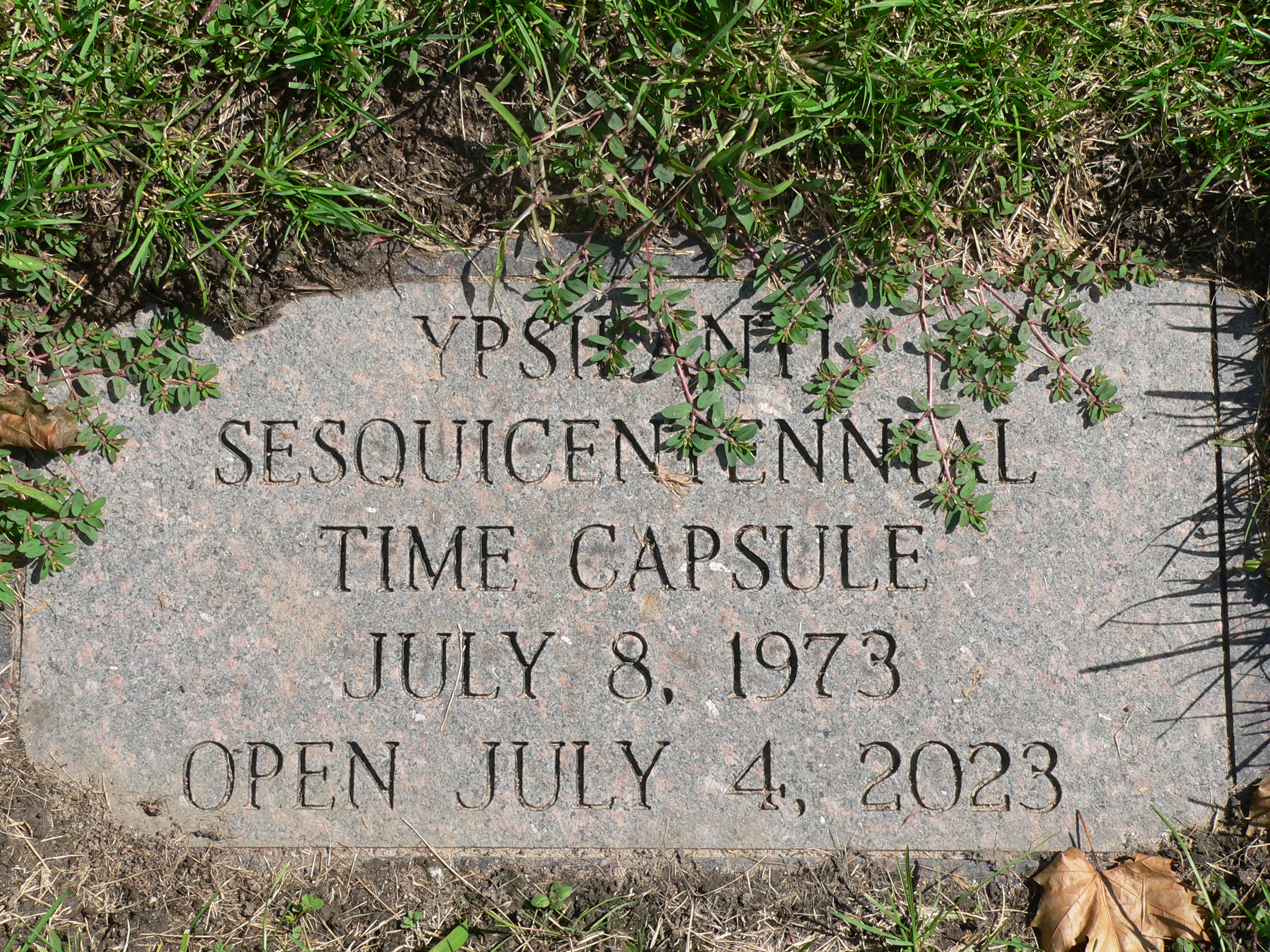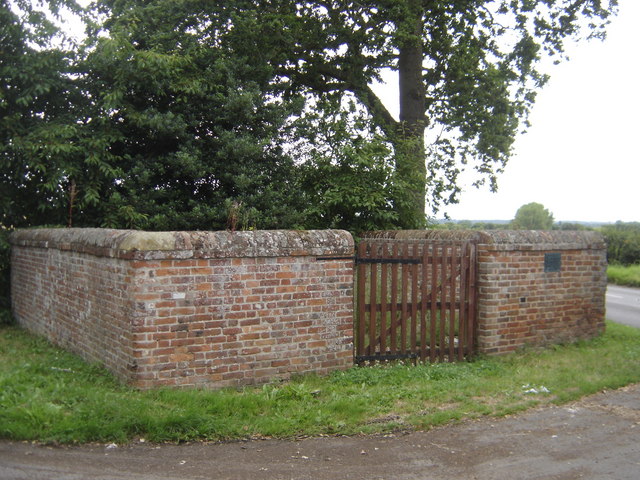|
Norland, West Yorkshire
Norland is a dispersed village south of Sowerby Bridge in the metropolitan borough of Calderdale in West Yorkshire, England. History Historically part of the West Riding of Yorkshire, the settlement dates back to the 13th century when it consisted of timber-framed farmhouses on the hillsides above the valleys of the Calder and Ryburn rivers. They were replaced by stone houses in the 17th and 18th centuries and housed workers in the woollen industry that developed at this time. As the industry thrived, some houses built by yeoman farmers were substantial such as Lower Old Hall (dated 1634) and Fallingworth Hall (dated 1642). Norland Hall, lower down on the hillside near Milner Royd, was typical of an older timber-framed building encased in stone in the late 17th century. In 1911 it was struck by lightning and dismantled in 1914. The American newspaper magnate William Randolph Hearst bought the stones in 1922 with the intention of re-building the hall in the USA ... [...More Info...] [...Related Items...] OR: [Wikipedia] [Google] [Baidu] |
Calderdale
Calderdale is a metropolitan borough of West Yorkshire, England, whose population in 2020 was 211,439. It takes its name from the River Calder, and dale, a word for valley. The name Calderdale usually refers to the borough through which the upper river flows, while the actual landform is known as the Calder Valley. Several small valleys contain tributaries of the River Calder. Calderdale covers part of the South Pennines, and the Calder Valley is the southernmost of the Yorkshire Dales, though it is not part of the Yorkshire Dales National Park. The borough was formed in 1974 by the merger of six local government districts, from east to west Brighouse, Elland, Halifax, Sowerby Bridge, Hebden Bridge and Todmorden. Mytholmroyd, together with Hebden Bridge, forms Hebden Royd. Halifax is the commercial, cultural and administrative centre of the borough. Calderdale is served by Calderdale Council, which is headquartered in Halifax, with some functions based in Todmorden ... [...More Info...] [...Related Items...] OR: [Wikipedia] [Google] [Baidu] |
Sunday School
A Sunday school is an educational institution, usually (but not always) Christian in character. Other religions including Buddhism, Islam, and Judaism have also organised Sunday schools in their temples and mosques, particularly in the West. Sunday school classes usually precede a Sunday church service and are used to provide catechesis to Christians, especially children and teenagers, and sometimes adults as well. Churches of many Christian denominations have classrooms attached to the church used for this purpose. Many Sunday school classes operate on a set curriculum, with some teaching attendees a catechism. Members often receive certificates and awards for participation, as well as attendance. Sunday school classes may provide a light breakfast. On days when Holy Communion is being celebrated, however, some Christian denominations encourage fasting before receiving the Eucharistic elements. Early history Sunday schools were first set up in the 18th century in England ... [...More Info...] [...Related Items...] OR: [Wikipedia] [Google] [Baidu] |
Listed Buildings In Greetland And Stainland
{{disambig ...
Listed may refer to: * Listed, Bornholm, a fishing village on the Danish island of Bornholm * Listed (MMM program), a television show on MuchMoreMusic * Endangered species in biology * Listed building, in architecture, designation of a historically significant structure * Listed company, see listing (finance), a public company whose shares are traded e.g. on a stock exchange * UL Listed, a certification mark * A category of Group races in horse racing See also * Listing (other) Listing may refer to: * Enumeration of a set of items in the form of a list * Johann Benedict Listing (1808–1882), German mathematician. * Listing (computer), a computer code listing. * Listing (finance), the placing of a company's shares on t ... [...More Info...] [...Related Items...] OR: [Wikipedia] [Google] [Baidu] |
Millennium
A millennium (plural millennia or millenniums) is a period of one thousand years, sometimes called a kiloannus, kiloannum (ka), or kiloyear (ky). Normally, the word is used specifically for periods of a thousand years that begin at the starting point (initial reference point) of the calendar in consideration (typically the year "1") and at later years that are whole number multiples of a thousand years after the start point. The term can also refer to an interval of time beginning on any date. Millennia sometimes have religious or theological implications (see millenarianism). The word ''millennium'' derives from the Latin ', thousand, and ', year. Debate over millennium celebrations There was a public debate leading up to the Millennium celebrations, celebrations of the year 2000 as to whether the beginning of that year should be understood as the beginning of the “new” millennium. Historically, there has been debate around the turn of previous decades, centuries, and mil ... [...More Info...] [...Related Items...] OR: [Wikipedia] [Google] [Baidu] |
Scarecrow
A scarecrow is a decoy or mannequin, often in the shape of a human. Humanoid scarecrows are usually dressed in old clothes and placed in open fields to discourage birds from disturbing and feeding on recently cast seed and growing crops.Lesley Brown (ed.). (2007). "Shorter Oxford English Dictionary on Historical Principles". 6th ed. Oxford: Oxford University Press. . Scarecrows are used around the world by farmers, and are a notable symbol of farms and the countryside in popular culture. Design The common form of a scarecrow is a humanoid figure dressed in old clothes and placed in open fields to discourage birds such as crows or sparrows from disturbing and feeding on recently cast seed and growing crops. Machinery such as windmills have been employed as scarecrows, but the effectiveness lessens as animals become familiar with the structures. Since the invention of the humanoid scarecrow, more effective methods have been developed. On California farmland, highly-refle ... [...More Info...] [...Related Items...] OR: [Wikipedia] [Google] [Baidu] |
Norland Scarecrows
Norland can refer to any of the following: People * Maurice Norland, a French athlete *Richard B. Norland, American diplomat Places *Norland, Florida, USA *Norland, Ontario, Canada *Norland, Virginia, USA *Norland, West Yorkshire, England *Nordland, a county in north Norway *Norrland, the Northland of Sweden Art, entertainment, and media *Norland (July 1914), a fictional European country in Arthur Conan Doyle's short story " Danger!" *Norlands (1936), a fictional Scandinavian country in John Buchan’s final Richard Hannay story “The Island of Sheep”. Companies and institutions *Miami Norland High School, a high school in Miami Gardens, Florida *Norland College, a childcare training facility in Bath, United Kingdom *Norland Plastics, an auto parts supplier Vessels * MV ''Norland'', a ferry used as a troopship during the Falklands War See also *The Norlands *Nordland (other) Nordland may refer to: Places *Nordland, a county in Norway * Nordlandet, an island in Kri ... [...More Info...] [...Related Items...] OR: [Wikipedia] [Google] [Baidu] |
Working Men's Club
Working men's clubs are British private social clubs first created in the 19th century in industrial areas, particularly the North of England, Midlands, Scotland and South Wales Valleys, to provide recreation and education for working class men and their families. History The first working men's club opened in 1857 in Reddish. There are three working men's clubs in Reddish: this, North Reddish Working Men's Club and the architecturally significant Houldsworth Working Men's Club. Wisbech Working Men's Club & Institute was formed in 1864 in Wisbech, Isle of Ely, and moved to its present site in 1867. It was once the most financially successful of all the clubs in England, with over 1,300 members in 1904. Despite the original educational ambitions, most working men's clubs are now mainly recreational. Typically, a club would have a room, often referred to (especially in Northern England) as a vault, with a bar for the sale and consumption of alcohol, snooker, pool or bar bi ... [...More Info...] [...Related Items...] OR: [Wikipedia] [Google] [Baidu] |
Public House
A pub (short for public house) is a kind of drinking establishment which is licensed to serve alcoholic drinks for consumption on the premises. The term ''public house'' first appeared in the United Kingdom in late 17th century, and was used to differentiate private houses from those which were, quite literally, open to the public as "alehouses", " taverns" and " inns". By Georgian times, the term had become common parlance, although taverns, as a distinct establishment, had largely ceased to exist by the beginning of the 19th century. Today, there is no strict definition, but CAMRA states a pub has four characteristics:GLA Economics, Closing time: London's public houses, 2017 # is open to the public without membership or residency # serves draught beer or cider without requiring food be consumed # has at least one indoor area not laid out for meals # allows drinks to be bought at a bar (i.e., not only table service) The history of pubs can be traced to Roman taverns ... [...More Info...] [...Related Items...] OR: [Wikipedia] [Google] [Baidu] |
Quarrying
A quarry is a type of open-pit mine in which dimension stone, rock, construction aggregate, riprap, sand, gravel, or slate is excavated from the ground. The operation of quarries is regulated in some jurisdictions to reduce their environmental impact. The word ''quarry'' can also include the underground quarrying for stone, such as Bath stone. Types of rock Types of rock extracted from quarries include: * Chalk * China clay * Cinder *Clay *Coal * Construction aggregate (sand and gravel) * Coquina *Diabase *Gabbro *Granite * Gritstone *Gypsum *Limestone *Marble * Ores * Phosphate rock *Quartz *Sandstone *Slate * Travertine Stone quarry Stone quarry is an outdated term for mining construction rocks (limestone, marble, granite, sandstone, etc.). There are open types (called quarries, or open-pit mines) and closed types ( mines and caves). For thousands of years, only hand tools had been used in quarries. In the 18th century, the use of drilling and blasting ... [...More Info...] [...Related Items...] OR: [Wikipedia] [Google] [Baidu] |
Erica (plant)
''Erica'' is a genus of roughly 857 species of flowering plants in the family Ericaceae. The English common names heath and heather are shared by some closely related genera of similar appearance. The genus ''Calluna'' was formerly included in ''Erica'' – it differs in having even smaller scale-leaves (less than 2–3 mm long), and the flower corolla consisting of separate petals. ''Erica'' is sometimes referred to as "winter (or spring) heather" to distinguish it from ''Calluna'' "summer (or autumn) heather". Etymology The Latin word ''erica'' means "heath" or "broom". It is believed that Pliny adapted ''erica'' from Ancient Greek ἐρείκη. The expected Anglo-Latin pronunciation, , may be given in dictionaries ('' OED'': "Erica"), but is more commonly heard. Description Most of the species of ''Erica'' are small shrubs from high, though some are taller; the tallest are '' E. arborea'' (tree heath) and '' E. scoparia'' (besom heath), both of which can reach ... [...More Info...] [...Related Items...] OR: [Wikipedia] [Google] [Baidu] |
Time Capsule
A time capsule is a historic cache of goods or information, usually intended as a deliberate method of communication with future people, and to help future archaeologists, anthropologists, or historians. The preservation of holy relics dates back for millennia, but the practice of preparing and preserving a collection of everyday artifacts and messages to the future appears to be a more recent practice. Time capsules are sometimes created and buried during celebrations such as a world's fair, a cornerstone laying for a building, or at other ceremonies. History Early examples It is widely debated when time capsules were first used, but the concept is fairly simple, and the idea and first use of time capsules could be much older than is currently documented. The term "time capsule" appears to be a relatively recent coinage dating from 1938. Around 1761, some dated artifacts were placed inside the hollow copper grasshopper weathervane, itself dating from 1742, atop histori ... [...More Info...] [...Related Items...] OR: [Wikipedia] [Google] [Baidu] |
Pinfold
An animal pound is a place where stray livestock were impounded. Animals were kept in a dedicated enclosure, until claimed by their owners, or sold to cover the costs of impounding. Etymology The terms "pinfold" and "pound" are Saxon in origin. ''Pundfald'' and ''pund'' both mean an enclosure. There appears to be no difference between a pinfold and a village pound. The person in charge of the pinfold was the "pinder", giving rise to the surname ''Pinder''. Village pound or pinfold The village pound was a feature of most English medieval villages, and they were also found in the English colonies of North America and in Ireland. A high-walled and lockable structure served several purposes; the most common use was to hold stray sheep, pigs and cattle until they were claimed by the owners, usually for the payment of a fine or levy. The pound could be as small as or as big as and may be circular or square. Early pounds had just briar hedges, but most were built in stone or ... [...More Info...] [...Related Items...] OR: [Wikipedia] [Google] [Baidu] |






